The problem of an insufficiently strong TV signal, due to which the image quality on the TV screen decreases, is solved with the help of a signal amplifier coming from the TV antenna. You can choose a suitable device from our rating of the best models or, if you have some experience, make such a device yourself.
- What is a TV Antenna Amplifier?
- Design features of the amplifier for the antenna
- Classification
- Advantages and disadvantages of TV signal amplifiers
- The main criteria for choosing television signal amplifiers
- Operating frequency range
- Noise figure
- Gain
- Active or passive antenna
- TOP 6 Best Antenna Amplifiers for TVs
- Antenna amplifier F-02
- Delta UATIP-03 MV+DMV
- SWA-999 for “grid”
- REMO INDOOR USB (BAS-8102 5V)
- REMO Booster-DiGi (BAS-8207)
- Planar 21-69 FT series
- How to make an antenna amplifier for a TV with your own hands?
What is a TV Antenna Amplifier?
A television amplifier is a device for amplifying a television signal and reducing interference, which provides a better picture. The device helps to increase the sensitivity, limited by noise effects, and compensate for the losses of the received television signal in the coaxial cable. https://youtu.be/GI89hrNQ-BA
Design features of the amplifier for the antenna
Amplifiers for television antennas are simple and can vary in design, they can amplify both digital and analog signals. In some cases, they are formed by two boards with an implemented noise reduction circuit. One circuit is a high-frequency filter, the second has a frequency-regulating capacitor. The regulator helps to obtain a maximum TV signal gain of 4.7 dB with an operating frequency of 400 MHz. To obtain stability, they use a stabilizer with an electrolyte and a diode bridge included in its circuit. The amplifier is connected to the TV receiver using a capacitor. All amplifiers for the antenna are equipped with a power supply, only the location of its location differs (built-in and external). The built-in device functions well with a stable electrical voltage and will consume up to 10 V. If the fixture burns out, you will need to replace the entire antenna device. For this reason, in the presence of power surges, it will be more convenient to use external units. They are larger in size and have different input voltage depending on the amplifier (5, 12, 18, 24 V).
Classification
For terrestrial waves of TV channels, a range of meter (MV) and decimeter (UHF) frequencies is used. In the first case, a frequency of 30-300 MHz is used, and in the second – 300-3000 MHz. Depending on the range of the received frequency, the amplifier can be:
- broadband – to cover a wide wave spectrum;
- range – uses the meter or decimeter range for operation;
- multibanddesigned for both ranges.
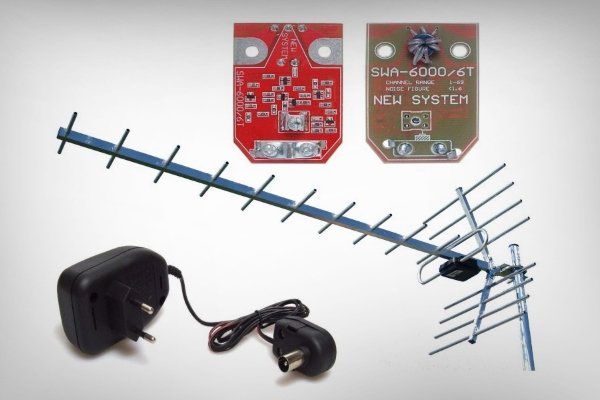
In the usual case, with a good signal, a broadband amplifier is sufficient. With poor reception, it is worth using a narrowly targeted device, which performs its role in a certain range better than a broadband one.
Digital broadcasting is carried out using the
DVB-T2 standard . For digital TV channels, only the UHF range is used, so an amplifier for digital TV of the DVB-T2 standard is suitable for digital TV broadcasting. Antenna amplifier test for DVB-T2 digital television: https://youtu.be/oLRaiYPj6sQ Amplifiers also differ according to the required voltage:
- Twelve volts are the most common. They will require the addition of an additional power supply, which in some cases can be regulated.
- Five- volt can be connected to a TV tuner or TV using a coaxial cable. As a rule, they are fixed on the antenna.
Depending on the type of television, amplifying devices are classified in the following order:
- antenna;
- satellite;
- cable.
Cable and satellite amplifiers are used very rarely, because they already transmit a very high-quality signal. Sometimes an amplifier is used for cable television if the cable is connected to several TVs at once. Antenna amplifying devices are used much more often.
Advantages and disadvantages of TV signal amplifiers
When setting up a home television network, you should remember: if you use several amplifying circuits, then there will be a significant distortion of the video stream. In this regard, the number of antenna amplifiers should be kept to a minimum.
Amplifier features include:
- the ability to receive even the weakest TV signals;
- the presence of small noise coefficients;
- the possibility of amplifying the signal simultaneously in several frequency ranges.
The disadvantages of amplifying devices are:
- if a broadband amplifier is used, there is a possibility of overloading the permissible TV signal level, so it must be equipped with a regulator for different ranges to eliminate such a nuisance;
- self-excitability of the device;
- susceptibility to thunderstorms;
- probability of TV signal loss at the output.
Amplifiers correct the signal from the antenna to the TV. In this regard, the choice is influenced by the location and the need for television equipment. The amplifier to the TV antenna outside the city helps to effectively solve the difficult issue of obtaining a high-quality television signal.
The main criteria for choosing television signal amplifiers
The amplifier for the television antenna is selected according to the technical criteria of the device and in accordance with external factors (for example, location and installation conditions). The most important thing is to take into account the characteristics that affect the quality of the television signal, for which they resort to the use of additional devices.
Operating frequency range
There are three devices associated with the frequency range: the TV, the
antenna , and the amplifier. First of all, an antenna is selected. In this selection, it is necessary to take into account the superiority of narrowly directed over wide-range ones in terms of signal strength. If the repeater is located close to the reception area, then an “all-wave” is suitable, capable of covering a wider range. Receiving a signal from a remote TV tower will be achievable using a device adapted to a limited frequency range (for example, VHF or UHF).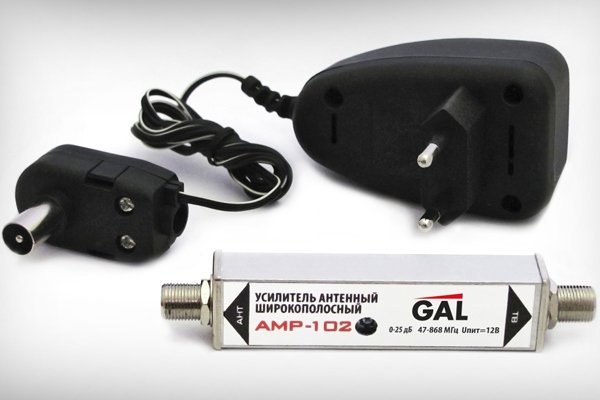
In accordance with the frequency response of the antenna, the amplifier is selected. If the range does not match, the existing device will not be able to function.
Noise figure
With the help of an amplifier, the signal-to-noise ratio should be adjusted upwards. Given that each device receives its own noise during data transmission, as the signal increases, they also become more significant. It is generally accepted that the value of the noise effect should not be more than 3 dB. Only under such conditions can we speak of guarantees of a good quality of TV signal transmission. However, newer devices may have a lower value of 2 dB.
Gain
The presence of the highest possible coefficient does not guarantee the best transmission quality. Moreover, with excessive amplification, the TV signal will be distorted with the opposite effect (clipping or overloading). dB is used to measure the parameter, and its average values are:
- decimeter – from 30 to 40 dB;
- meter – 10 dB.
From this it follows that decimeter will have coverage from 20 to 60 TV channels, and meter – no more than 12. With an increase in gain by 15-20 dB, we can talk about a good result.
When choosing an amplifier by a factor, you need to be based on real conditions and the level of reception. As a rule, the distance from the TV tower (relay) is taken into account. If the TV tower is located in direct line of sight, then the purchase of an amplifier is not required.
Active or passive antenna
Antennas for receiving a TV signal can be passive and active:
- a passive antenna receives a signal only due to its own shape;
- a special amplifier is provided for the active antenna , which increases the strength of the useful signal.
An active antenna must be provided with additional power from the network. As a rule, the amplifying device is connected using a 9 or 12 V adapter adapter. If the device is located outside, then you need to cover it from the rain. Be sure to take into account the information in the manufacturer’s instructions warning about the possibility of interference if the device is incorrectly installed. A passive antenna can also be converted to an active one by adding an amplifier to it. This option may be more convenient than when buying an antenna with a built-in amplification device – in the event of a breakdown of the amplifier, it can be easily replaced. You can place it not next to the antenna itself, but in the attic or in the room, which will ensure a longer service life of the device.
Do-it-yourself active antenna with an amplifier for digital TV:
https://youtu.be/YfR9TgaDf1Q
TOP 6 Best Antenna Amplifiers for TVs
Some amplifiers are popular due to the simplicity of their device, low cost and easy installation. If necessary, you can personally replace and repair them. When buying an outdoor amplifier, you need to take care of its tightness. External devices are changed every 2 years even if they are protected. For this reason, it is better to try to find a place for the amplifier under the roof.
Antenna amplifier F-02
All-wave trunk amplifying device powered by cable. Carries out amplification of a television signal in the meter and decimeter range with an operating range (1-12 k) and UHF (21-60 k). Gain – up to 25 dB, noise figure – up to 2 dB, supply voltage – 12 V. Estimated cost – 350 rubles.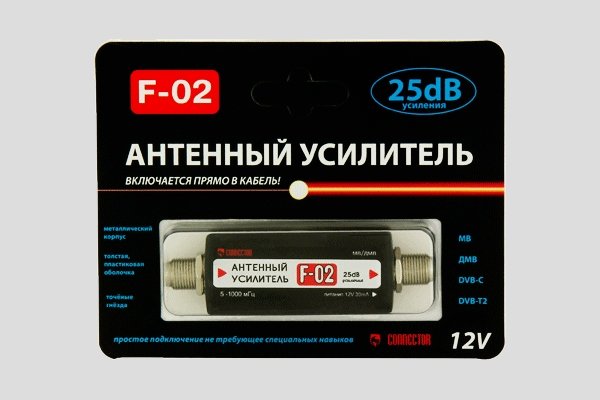
Delta UATIP-03 MV+DMV
Amplifying broadband device for individual use in the meter (from 1 to 12 channels) and decimeter (21 to 69 channels) range. Power supply 12 V. Estimated cost – 672 rubles.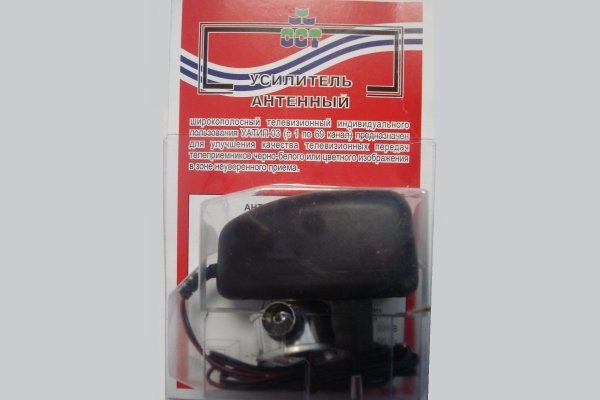
SWA-999 for “grid”
Amplifier for the Polish antenna (“grid”) with an operating frequency range from 48 to 862 MHz and a power supply of 12 V. Gain – 28-34 dB. Estimated cost – 113 rubles.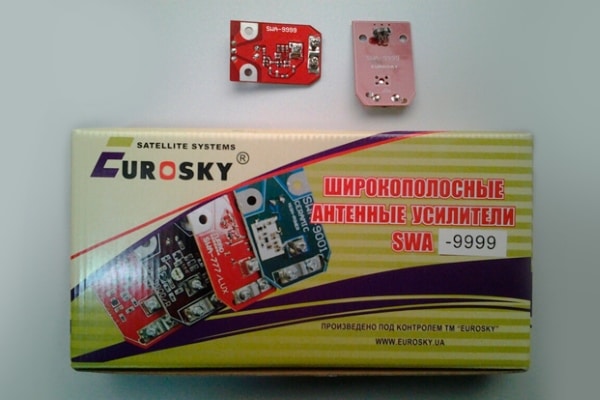
REMO INDOOR USB (BAS-8102 5V)
Antenna multi-purpose amplifier that converts a passive antenna into an active one and allows you to get rid of the power supply for the antenna amplifier. Gain – up to 16 dB. Power – 5 V. Estimated cost – 245 rubles.
REMO Booster-DiGi (BAS-8207)
Antenna amplifier with an average gain of 21-69 channels. Power supply – 12 V. Noise factor – no more than 2.8 dB. Estimated cost – 425 rubles.
Planar 21-69 FT series
Antenna amplifier for cable with a frequency range from 470 to 468 MHz and a gain of up to 22 dB. Power supply – 12 V. Noise figure – 4 dB. The estimated cost is 350 rubles.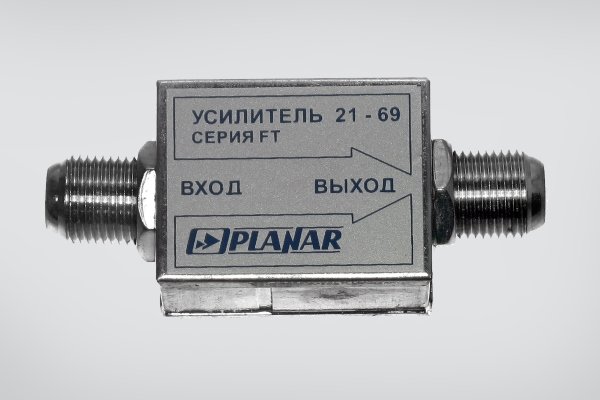
How to make an antenna amplifier for a TV with your own hands?
First you need to prepare materials and tools:
- aluminum plate;
- copper wire;
- bracket;
- adapter;
- nuts, bolts, washers, self-tapping screws;
- television cable;
- rubber belt from a tractor;
- insulating tape;
- wrench with hammer.
Even if you have experience in such work, a detailed study of the instructions will be very useful. Of particular importance is the sequence of these actions and the purpose of each detail. The algorithm of actions is as follows:
- Holes are cut out (three in rubber, one in the plate).
- You will also need a hole in the bracket and antenna location.
- The wire must be bent and connected at the ends with a self-tapping screw.
- The cable is connected to the adapter and the connection is isolated.
- All details come together. At the end, the cable attachment area with wire is insulated with electrical tape.
A self-made amplifying device has another advantage – that it is not necessary to configure the finished device. It is connected very simply: the board is connected to the antenna and the quality of the gain is checked. During operation of the device there should be no extraneous noise. For the amplifier, it is better to prepare some kind of enclosure to protect it from environmental influences. To get a good picture and sound, you will need not only an amplifier, but also the choice of a suitable mounting location. You will also need a lightning rod. Beer Antenna for digital TV with amplifier: https://youtu.be/axJSfcThfSU
At the beginning of operation, it is necessary to monitor the quality of the amplification of the television signal, and if problems occur, they must be immediately eliminated.
An antenna booster for your TV will help you avoid interference and other problems associated with poor TV signal reception. When buying a device, you need to focus on a number of important criteria, and when making it yourself, on the correct sequence of actions and a competent choice of a place for installation.

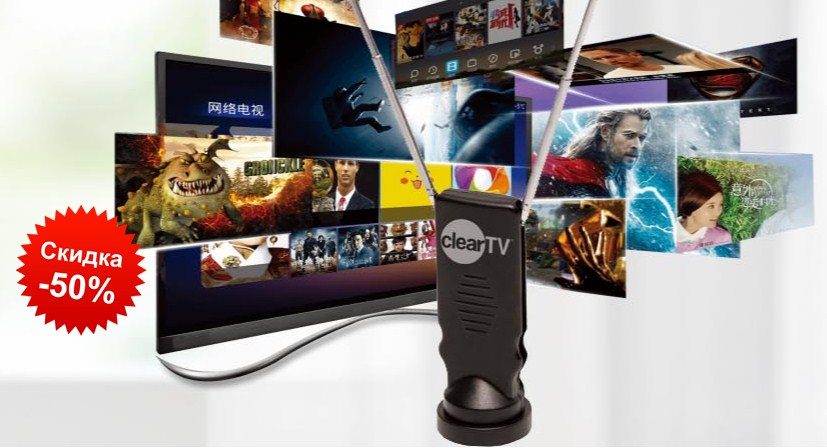
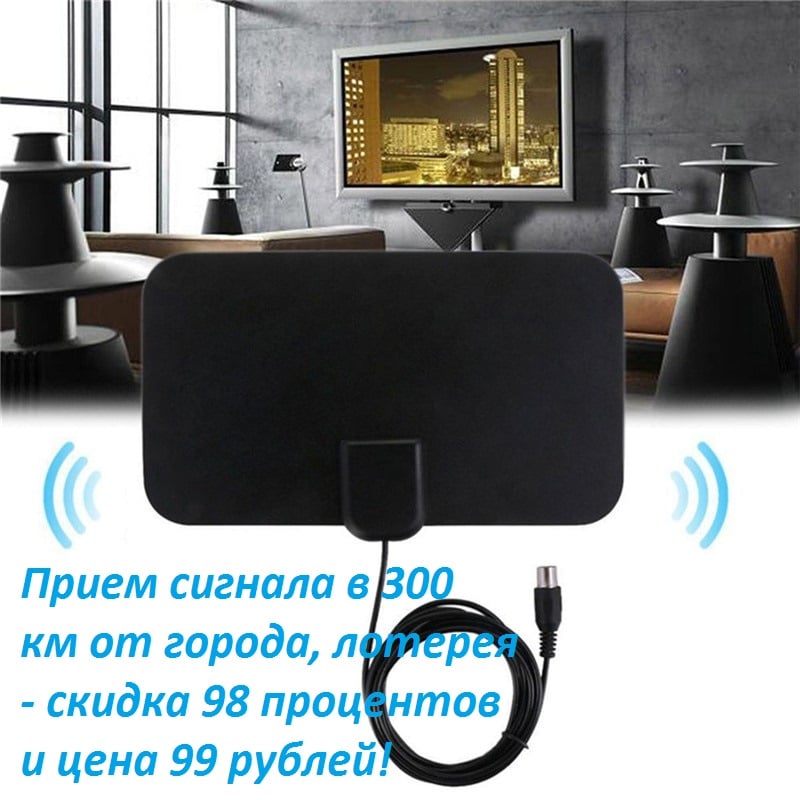
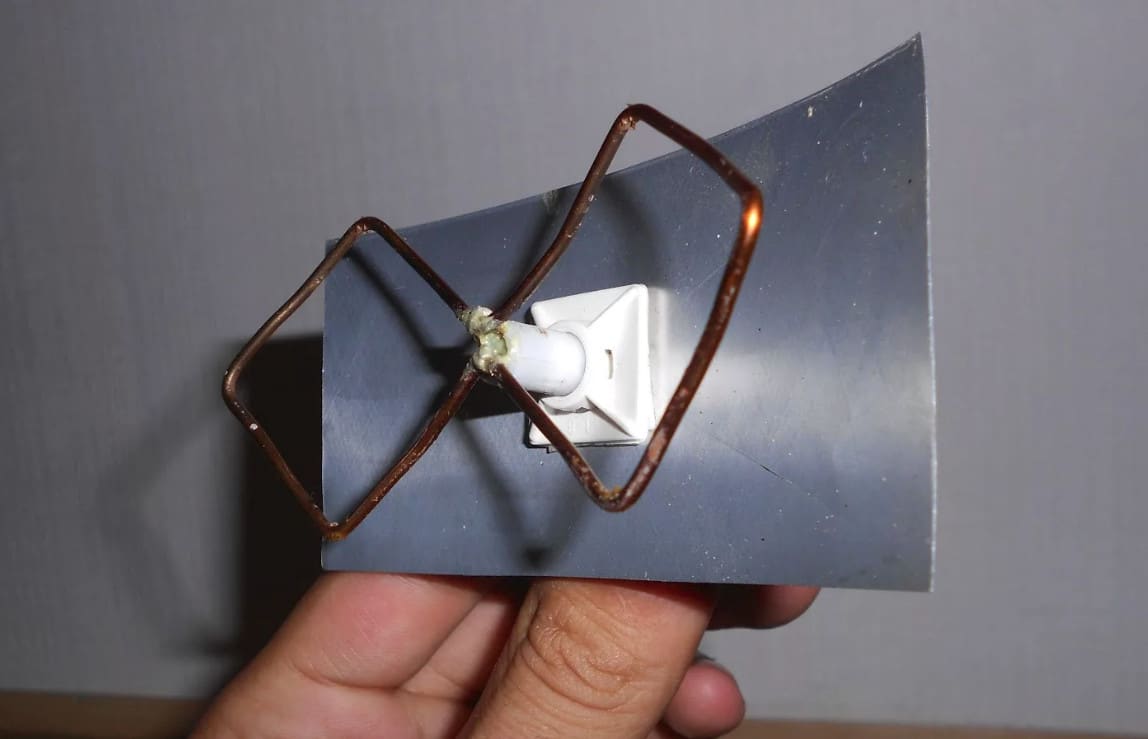

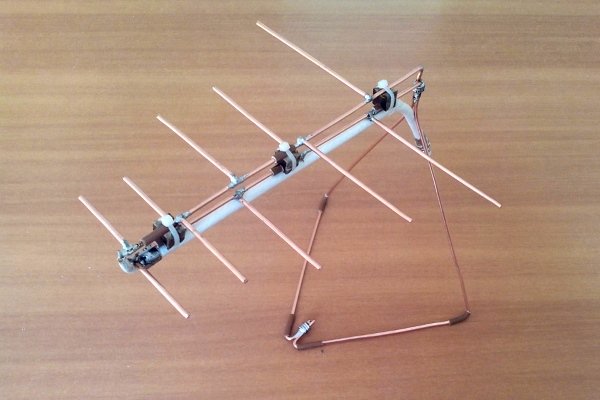

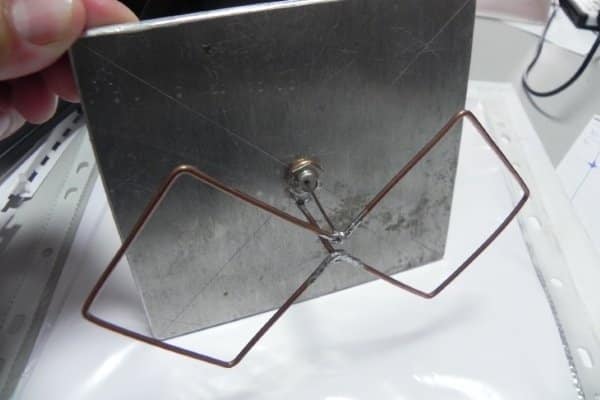
Очень помогли хорошо работает наша ново испечонная антона благодаря вашей статье про Антенны их сбор и установление большое личное спасибо
Устанавливали усилитель на дачу, выбирали и устанавливали по описанию в статье. После установки на телевизоре пропали все помехи и лишние шумы. Усилитель Дельта УАТИП-03 МВ+ДМВ
💡 💡 💡
Уже несколько раз, а точнее три раза покупал антенны для дома, для дачи и нового загородного дома и все они плохо ловили ТВ сигнал. В нашей местности и до перехода на цифру ловило всего два канала на простые антенны. Потом мне и рассказали, что для каждой антенны нужен свой усилитель сигнала и подсказали к какой антенне какой усилитель подходит. Тогда и стало ловить по 5- 6 программ, для дачи это нормально, а вот для квартиры… Сейчас у меня их более 100 и половину я отключил. Те, которые мы не смотрим.
Не понимаю!Зачем заморачиваться,и делать вручную,если уже есть готовые усилители сигнала?Спасибо огромное за статью,потому что-это очень нужная вещь. 💡
Я сам пытался сделать самодельный усилитель для антенны. Нашел схему не сложную в интернете, хотя в радио деле полный “ноль” и начал мастерить. Примерно целый день заняло у меня это дело и результат плачевный. Вроде сделал все правильно. но ни чего не работало. С другой схемой тоже самое и я понял, что не все что представлено и предложено в интернете работает. Выход простой нашел))) Купил себе готовый усилитель для антенны “F-02” и все заработало как нужно. И каналы новые появились и старые каналы которые ловила антенна стали четче работать.